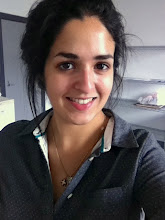
going to quickly jot down ideas for what would be an interesting project to model. I've been reading Brian Bauer's book on the Cusco Ceque system and have been inspired by some of what he has said. It would seem to be that the most central part of Cusco is the Coricancha, the Temple of the Sun (as named by the Spaniards). Since I have an interest in archeoastronomy, and the Temple of the Sun is highly connected to astronomy, I'll keep an eye on it.
Then, there are the other "less important" huacas, 328 of them, which were both objects and places. There was the huaca of Guaracince, in Chuquipampa which is the plaza of the Temple of the Sun. Information on all of the huacas can be found on page 23 of Ch. 3 in the book. My worry is the lack of information collected in the past about these huacas and landmarks in ancient Cusco civilization... I'm still browsing, so more soon!
The above graphic is actually from a National Geographic article, which I found coincidentally on someone's blog who contemplated some archeoastronomy himself. The image actually reminds me of something said in one of the readings for this week, "Imaging Prehistory: Pictorial Reconstructions of the Way We Were" by Alan Mann. At the end, he concludes by saying that "aspects that must come entirely from the imaginative mind of the artist ... often remain the most memorable part of the scene for many people" (143), which I completely agree with. Look at the clouds in the image... one doesn't really see those in the sky, but they're the part I'm most attracted to when looking at the image, therefore, I remember them the most clearly when conjuring up this image in my mind. Of course, when the artist gets creative, it's the most appealing part of the piece.
(http://edward-t-babinski.blogspot.com/2006/10/ancient-skywatchers.html).

No comments:
Post a Comment